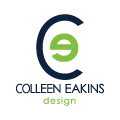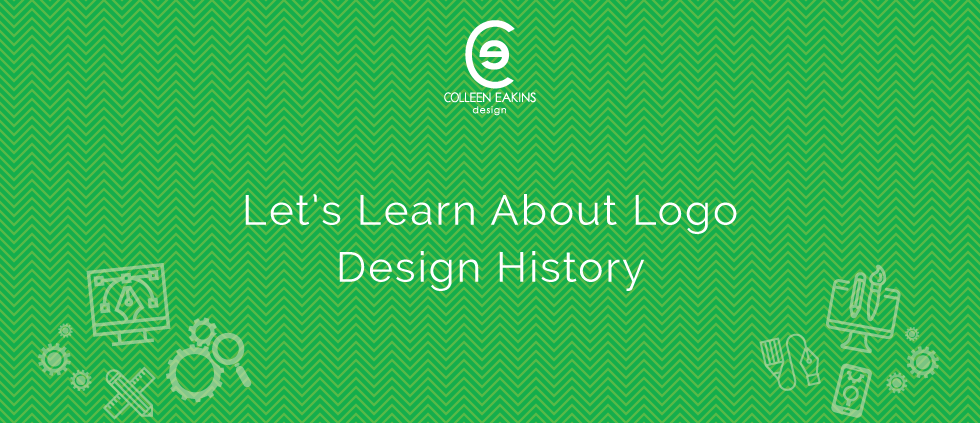Let’s Learn About Logo Design History
Logos are everywhere and remain a mainstay of branding. These powerful images and graphics communicate messages in a concise way designed to help influence consumers when making purchasing decisions.
Although many logo designs are simple, the way in which these identifying emblems get created is a fascinating combination of art and science.
Anyone who looks into the history of logo design learns quickly that much skill and thought goes into the undertaking. The fundamental concepts of logo design go all the way back to the Victorian era. During that period, designers were stepping up their games and creating symbolic illustrations to engage with and influence society. These symbols, like Coats of Arms, were frequently used to identify noblemen and other prominent people in the civilizations in which they existed.
Over the centuries, the concepts introduced by early designers continued to evolve to meet the needs of a progressing community. Images that once helped residents distinguish who ranked highly got transformed into concepts that represented governments, corporate entities, and organizations worldwide.
Logo Design During the Industrial Revolution
While the use of emblems, graphics, and symbols dates back to early Egyptian times, the Industrial Revolution is when the use of trademarks, logos, ideograms, and watermarks started getting mass adoption in the business community. The introduction of printed news and other materials made way for advertisers to spread messages and build their businesses – using symbols and convincing copywritten materials. Many of these early logos had simple designs, based on the printing and design technologies that were available during this period.
The advancement of typography and printing technology introduced a brand new way for business owners to connect with potential clients. A logo or a Masthead helped contribute to building brand recognition, even back in these early days. Business owners were empowered to advertise their goods and services to a broader audience of news readers in markets throughout metropolitan and developing rural areas.
As innovations in the printing and visual arts space advanced, the ability to print more elaborate and intricate designs opened up a new world not only for business owners, but for everyone who had an interest in reading about current events, local news, as well as books for entertainment and enlightenment.
These early publications helped form opinions and were the foundation for today’s more sophisticated and multi-channel advertising and marketing campaigns.
Logo Design In Present Day Applications
Fast forward to present day. A majority of companies and organizations use a logo or ideogram as a representation of their business interests when conducting enterprise, advertising, and running marketing campaigns. In some cases, a cogent logo may contain both an ideogram and the company name known as a logotype. A logotype emphasizes the name over the graphic, creating a unique design through the use colors, copy, and other graphic elements.
For multinational companies, the use of ideograms and symbols could prove more effective than plain written names, especially in cases when the logo gets translated into alphabets in increasingly globalized markets. It’s always worth noting that language barriers and cultural differences could make it so a logo or brand name does not translate easily – or as intended – across demographic groups.
For example, the Chevy Nova. While the car was wildly popular with American consumers when it was in production (before the Internet,) it struggled to make progress with Latino consumers. The simple reason for this issue was the use of the word “Nova.” When translated into Spanish, Nova literally means “no go.” As you can imagine, the choice of this brand name would not appeal to consumers who associated a new car purchase with a product that wouldn’t ‘go,’ as it were. This is a case when a little extra research could have quickly found the negative connotation associated with the language. However, since this branding and marketing faux pas happened quite some time ago, we can take a lesson on the importance of analysis when choosing a name for your branding efforts.
The Past and Future of Logo Design
The history of logo design is an interesting topic, and one that should get examined for further insights into how this media changed the world. Over the years this concept evolved from a way to identify dignitaries to a mainstream methodology for organizations and companies to set themselves apart from each other and their competitors.
When you’re talking about building a business, you’ll quickly learn that branding and logos work in synchronicity. You shouldn’t have one without having the other! By using your branding elements throughout all of your campaigns, you’re taking steps to build brand recognition in a cross-platform format.
In today’s digital age, business owners have more venues available than ever before to make a positive impact with potential clients. By keeping your branding and logos cohesive across your digital assets including your website, social platforms, and email marketing. Further, your branding and logo should get utilized on all printed assets including business cards, letterhead, marketing materials, product labels, internal and employee documents, and packaging.
If you offer a physical product, ensuring that your goods carry your logo and branding, along with a favorable packaging design for your items makes them more marketable when selling both online and offline.
Starting with Your Best Foot Forward
You’ll want to be sure to work with an experienced designer who understands the fundamental and advanced elements of branding and can provide creatives for all your needed purposes. By doing so, you assure that your products look fabulous when they are put on display or arrive at your customer’s doorstep.
Another advantage of working with an expert in the graphic design field is they are able to produce corresponding digital assets including banner ad creatives, infographics, whitepapers, and light papers.
Further, they can lend creative juice and insights into your logo and branding project, so that you get the best possible results from your investment in yourself, business, or organization. Ready to put your best foot forward? Contact us today to get your project started!

I’m a Digital Marketer & Freelance Writer with a penchant for all things forward-thinking and positive. I’m a fan of abundance and progress.


 ©2018, Colleen Eakins Design
©2018, Colleen Eakins Design ©2018, Colleen Eakins Design
©2018, Colleen Eakins Design ©2018, Colleen Eakins Design
©2018, Colleen Eakins Design